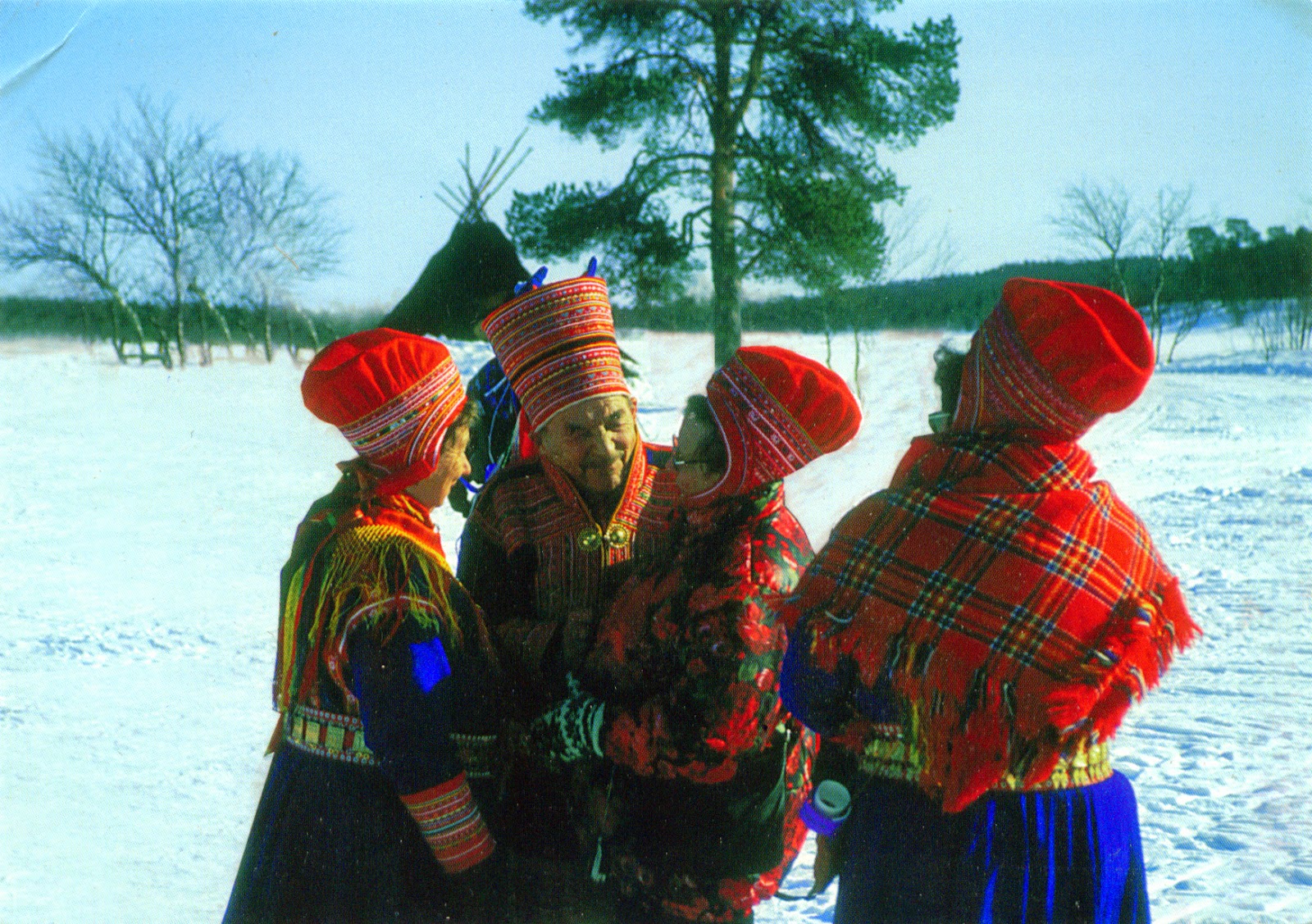Posted on 25.02.2014, 26.06.2014
The Sami people are the indigenous Finno-Ugric people inhabiting the Sápmi, the cultural region which today encompasses parts of far northern Norway, Sweden, Finland, the Kola Peninsula of Russia, and the border area between south and middle Sweden and Norway. Known also as Lapps, an exonym considered by them as pejorative, the Sami have pursued a variety of livelihoods (including coastal fishing, fur trapping, and sheep herding), but the most representative is the semi-nomadic reindeer herding. Although they lived in Arctic Europe since prehistoric times (being mentioned for the first time in about 98 CE), they have been for centuries the subject of discrimination and abuse by the dominant cultures, being recognized as an indigenous people only in the last part of the 20th century in Norway, Sweden and Finland, and in Russia not even today.
From the approximately 160,000 Sami (although the sources are highly conflicting, some indicating a population of just 80,000) only slightly more than 7000 are living in Finland. Called gákti or kolt, their traditional costume is worn both in ceremonial contexts and while working. Traditionally, it was made from reindeer leather and sinews, but nowadays it is more common to use wool, cotton, or silk. It differ from community to community, and the colours, patterns and the jewellery have deeper meaning. There are also different gákti for women and men (for men a shorter "jacket-skirt", for women a long dress). Traditional gákti are most commonly in variations of red, blue, green, white, medium-brown tanned leather, or reindeer fur. In winter, there is the addition of a reindeer fur coat and leggings, and sometimes a poncho (luhkka) and rope/lasso. The collar, sleeves and hem usually have appliqués in the form of geometric shapes.
Read more »



